Russia and Ukraine have a long history that dates back long before economic pressures and Russia's 2022 invasion. Russia may consider Ukraine as part of its sphere of influence, but Ukrainians have long memories of Russian and Soviet domination, a centuries-long era that resulted in the deaths of millions.
Since the end of the 18th century, Russia (and then the Soviet Union) has controlled or attempted to control historical areas of Ukraine, so it's understandable that Ukrainians might be tired of it and ready to fight back.
1. Ukrainian War of Independence
Toward the end of World War I, the Russian Empire had fallen and was under the control of the Bolsheviks, and many of the empire's former holdings attempted to declare independence. Ukraine established the Ukrainian People's Republic while the Soviets set up a rival Ukrainian Soviet Socialist Republic in the east.
Ukrainians had to fight Germany, Austria-Hungary, Russian Bolsheviks, White Russian volunteers loyal to the Russian monarchy and Poland while fighting a brutal civil war in the middle of World War I. By 1922, Ukraine's internationally recognized government was defeated, and its territory split between the Soviet Union, Poland, Romania and Czechoslovakia.
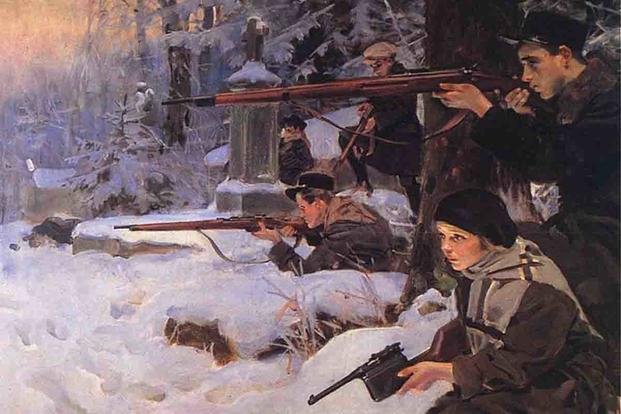
2. The Red Terror
Between 1917 and 1922, areas controlled by the Bolsheviks experienced a wave of reprisal killings, repressions and executions against the Bolshevik's political rivals. These rivals include those who sided with the Tsarist White Forces in the Russian Civil War, Kulaks (private landowners) and middle-class "bourgeoisie."
The Bolsheviks called the campaign the "Red Terror" and modeled it after the Reign of Terror during the French Revolution. Not limited to the use of firearms, Ukrainians were thrown into boiling water, tortured publicly, impaled, crucified or killed in some other painful way. An estimated 1.3 million were killed.
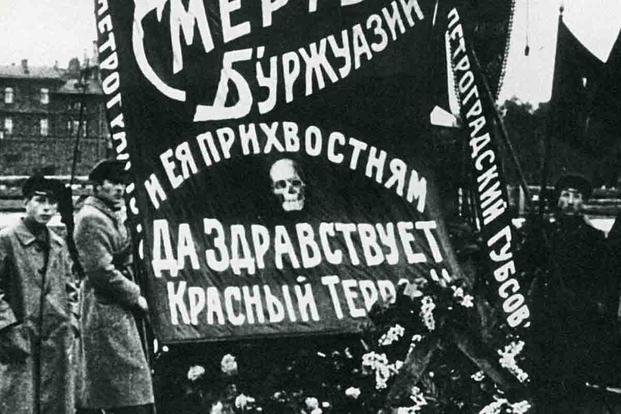
3. The Holodomor
After consolidating power in the Soviet leadership, Joseph Stalin moved to implement a massive industrialization program throughout the USSR. At the same time, the Soviet harvest was much lower than expected due to collective farming and land redistribution. The result was a man-made famine that killed 3.5 to 10 million people in the Ukrainian SSR.
The Soviet government in Moscow not only did little to aid the Ukrainian famine, it actively tried to cover it up to maintain a facade of international strength. Even inside Ukrainian cities, few people knew what was happening to those in the countryside.
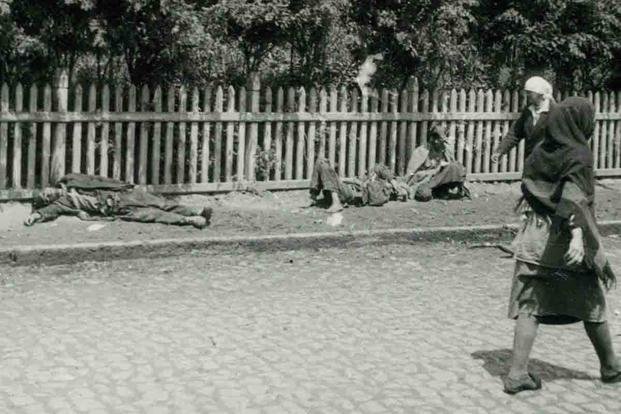
4. World War II
The German Army advanced to Ukraine's capital city within six weeks of launching its invasion of the Soviet Union. Much of Ukraine saw the Germans as liberators in the early days of the war, especially in the western areas of the country, further from Russia's traditional border. Many Ukrainians joined the German forces against the Red Army.
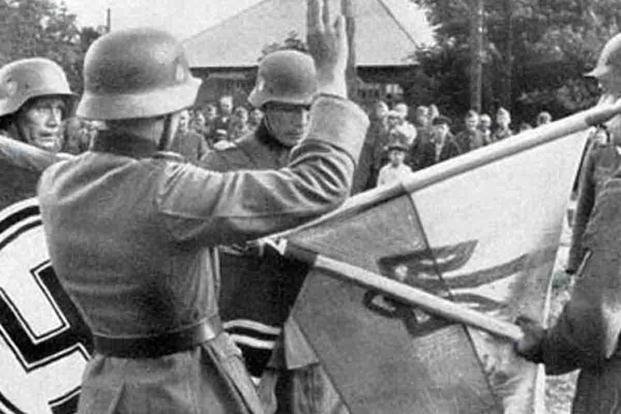
As German intentions in the east became clearer and the Nazis began killing Ukrainians en masse, more and more joined the Red Army to fight off the invasion. Ukraine had the second-largest population in the USSR and was a large part of the Soviet military. About 4.5 million Ukrainians served in the war, and 31% of Ukrainians who fought in World War II died, some 1.4 million.
5. Resistance to the Soviet Union
During World War II, an insurgency broke out among Ukrainian nationalists, who not only fought the Nazi invaders but also the Soviet Union. The Ukrainian Insurgent Army, an anti-fascist, anti-communist military force with a political arm, fought for a Ukrainian state long after World War II ended.
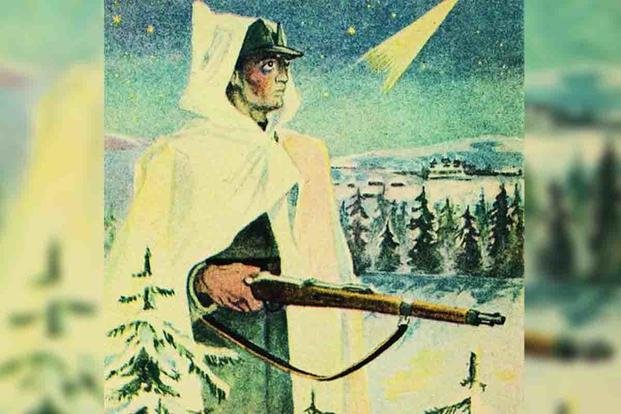
Between 1944 and 1954, the Ukrainian guerrillas killed some 35,000 Soviet soldiers, police officers and party officials. It was a higher casualty rate than the Soviets experienced in Afghanistan in the 1980s. It received little international support because of its collaboration with Nazi Germany. Eventually it was infiltrated by the Soviet NKVD (later known as the KGB), which led to widespread arrests and executions among its members.
-- Blake Stilwell can be reached at blake.stilwell@military.com. He can also be found on Twitter @blakestilwell or on Facebook.
Want to Learn More About Military Life?
Whether you're thinking of joining the military, looking for post-military careers or keeping up with military life and benefits, Military.com has you covered. Subscribe to Military.com to have military news, updates and resources delivered directly to your inbox.
















